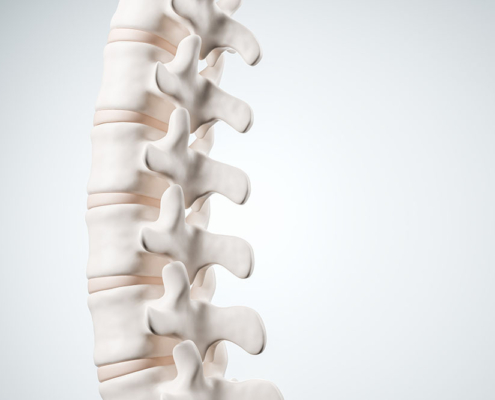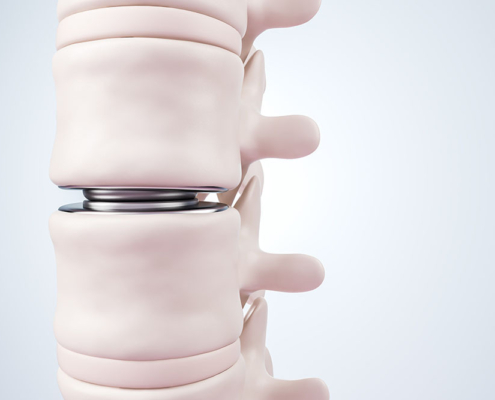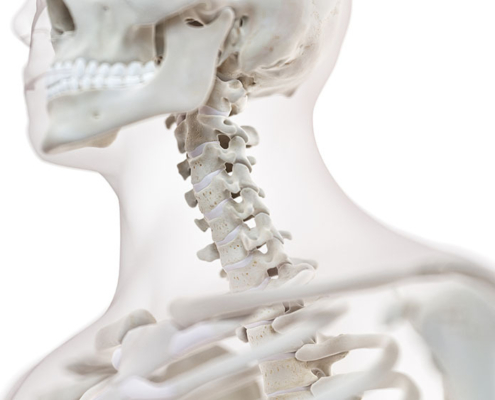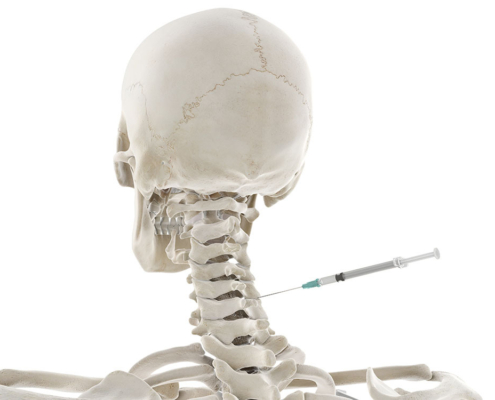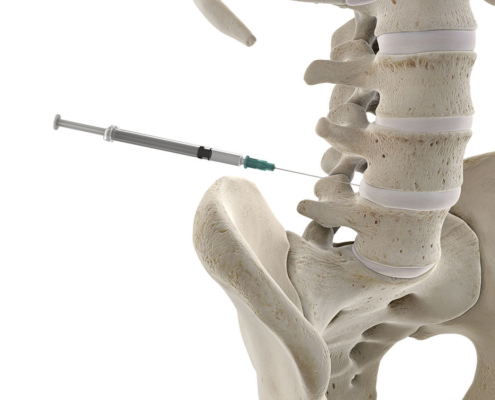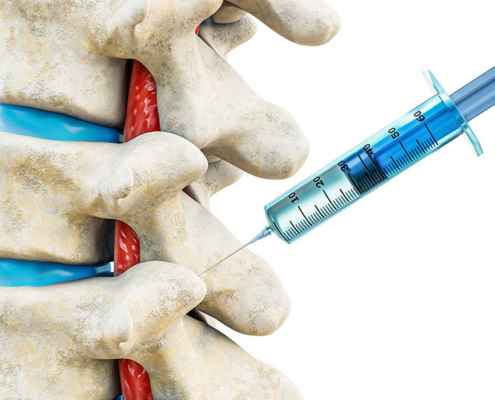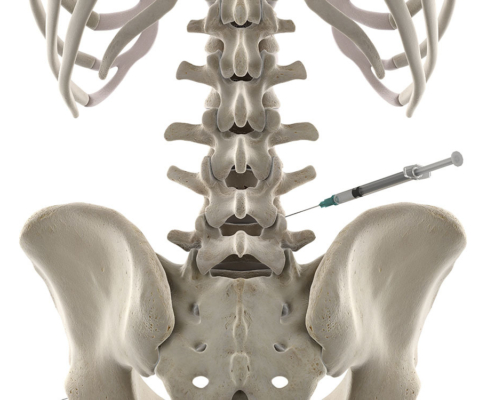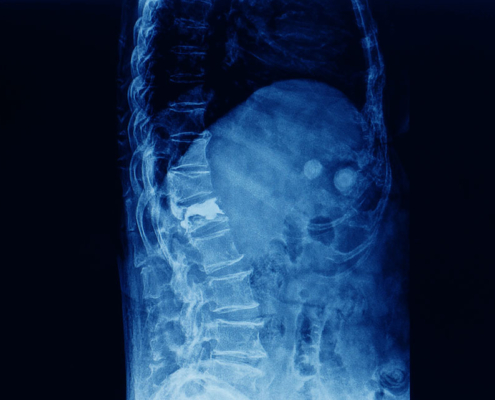SPINE TREATMENTS
COMPLEX SPINE SURGERY
Fellowship trained in both Neurosurgery and Orthopedic Complex Spine Surgery, Dr. Scott Leary uses his unique combination of training and education to provide his patients the highest quality neurosurgical care through his cutting edge and innovative approach to resolving complex spine conditions.
Minimally Invasive Spine Surgery is an alternative to traditional open surgical procedures performed to treat spinal disorders, such as degenerative disc disease, herniated disc, scoliosis, and spinal stenosis. Spine surgery performed minimally invasively offers many potential benefits, such as smaller incisions and reduced trauma to the surrounding muscles and soft tissues resulting in less post-operative pain and faster recovery.
For more information, click here.
ADR or TDR-Artificial Disc Replacement or Total Disc Replacement: is a type of arthroplasty. It is a surgical procedure in which degenerated intervertebral discs in the spinal column are replaced with artificial devices in the spine.
For more information, click here.
Anterior Cervical Discectomy and Fusion (ACDF) is a type of neck surgery that involves removing a damaged disc to relieve spinal cord or nerve root pressure and fusing a patient’s neck with the surgeon’s approach going through the front of the neck.
For more information, click here.
LUMBAR FUSION
Lumbar Fusion: Dr. Leary provides a thorough evaluation and diagnosis of spine conditions and has a multi-disciplinary approach to spinal fusion surgery. Lumbar Fusion surgery is used for the treatment of back pain and is designed to stop the movement of vertebral segments. The surgery involves removing disc and fusing spine with titanium rods, screws and plastic cages that go into the disc space.
With fellowship training in Complex Spine Surgery, Dr. Leary is an expert in all forms of Lumbar Fusion surgeries. Lumbar fusions have multiple approaches as described below.
Transforaminal Lumbar Interbody Fusion (TLIF) is a form of spine fusion surgery in which the lumbar disc space is fused from a posterior approach outside of the facet joint. The surgical procedure involves removing a disc from between two vertebrae and fusing the vertebrae together. For more information, click here.
Posterior Lumbar Interbody Fusion (PLIF) is a form of spine fusion surgery that involves adding bone graft to an area of the spine to set up a biological response that causes the bone to grow between the two vertebral elements and thereby stop the motion at that segment. For more information, click here.
Extreme Lateral Interbody Fusion (XLIF) is a form of spine fusion surgery where the surgeon accesses the intervertebral disc space and fuses the lumbar spine using a surgical approach from the side. For more information, click here.
Anterior Lumbar Interbody Fusion (ALIF) is a form of spine fusion surgery that is similar to the posterior lumbar interbody fusion (PLIF), except that in the ALIF, the disc space is fused by approaching the spine through the abdomen instead of through the lower back. For more information, click here.
LUMBAR HEMILAMINECTOMY & MICRODISECTOMY
Hemilaminectomy is a surgical procedure that involves the removal of a portion of a vertebral lamina usually performed for exploration of, access to, or decompression of the intraspinal contents. Usually performed on one side = hemi. For more information, click here.
MCD-Microdiscectomy is a surgical procedure removing part of the disc to take pressure off nerves. This minimally invasive procedure is also known as microdecompression. For more information, click here.
NON-SURGICAL PROCEDURES
Alternatives to Surgery
Botox: The injection enables the botulinum toxin to be targeted directly into the muscles affected by dystonia. The toxin has an effect on the nerves at their junction with the muscles. It acts as a blocker preventing release of the chemical messenger acetylcholine which is responsible for making the muscle contract.
Epidural Steroid Injections (ESI): Steroid injected into spinal column to help with pain normally performed in a series of 3 injections.
Facet Injections: Numbing medication and steroid injected into joints of spine.
Medial Branch Nerve Blocks: Steroid and numbing medication injected to specific nerves to help with pain and can be a diagnostic tool.
Radiofrequency Ablation: Commonly referred to as RFA, is an effective long-term treatment for mechanical neck and low back pain due to joint inflammation. The goal of radiofrequency ablation is to provide long-term relief of joint-mediated pain than regular steroid injections can provide. It is indicated once the joints have been precisely identified as a primary pain generator and steroid injections are only effective for short periods of time. In the spine, radiofrequency ablation is used for facet joint and sacroiliac joint pain.
Stem Cell Therapy
Bone Marrow Aspiration Concentration Stem Cells Into Intervertebral Disc(s) and/or Facet Joints: A procedure in which bone marrow aspirate is collected from a patient’s posterior iliac crest then concentrated via a special centrifuge system which is then injected into the degenerated disc space and or facet joints.
Outpatient Kyphoplasty
Kyphoplasty: is performed under local or general anesthesia. Using image guidance x-rays, two small incisions are made and a probe is placed into the vertebral space where the fracture is located. The bone is drilled and a balloon, called a bone tamp, is inserted on each side. These balloons are then inflated with a contrast medium (to be seen using image guidance x-rays) until they expand to the desired height and are removed. The balloon does not remain in the patient. It simply creates a cavity for the cement and also helps expand the compressed bone. The spaces created by the balloons are then filled with PMMA, the same orthopaedic cement used in vertebroplasty, binding the fracture. The cement hardens quickly, providing strength and stability to the vertebra, restoring height, and relieving pain.
